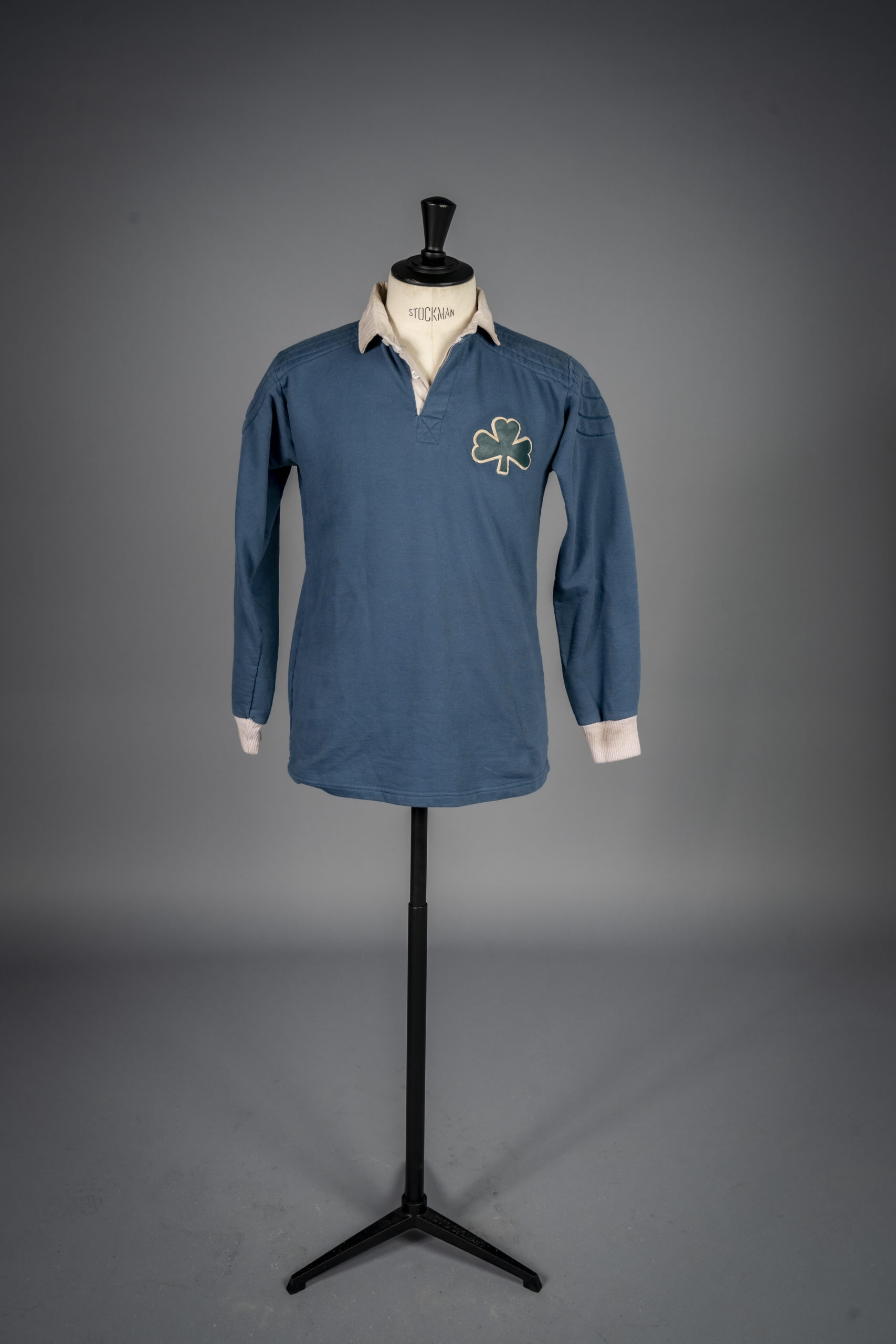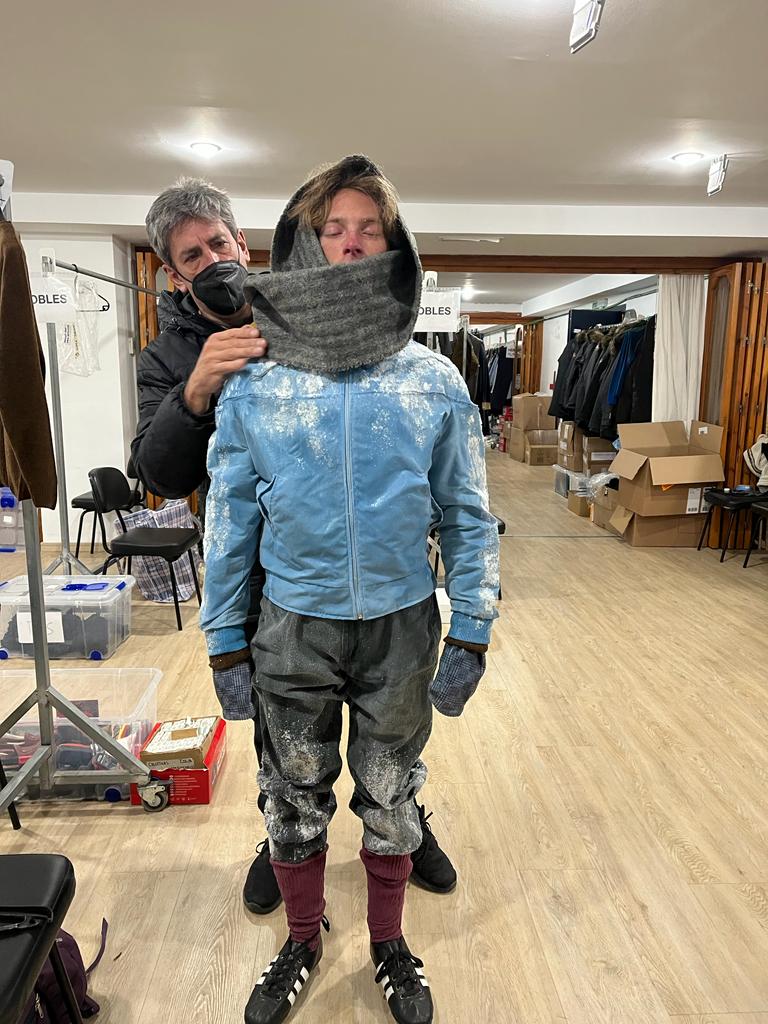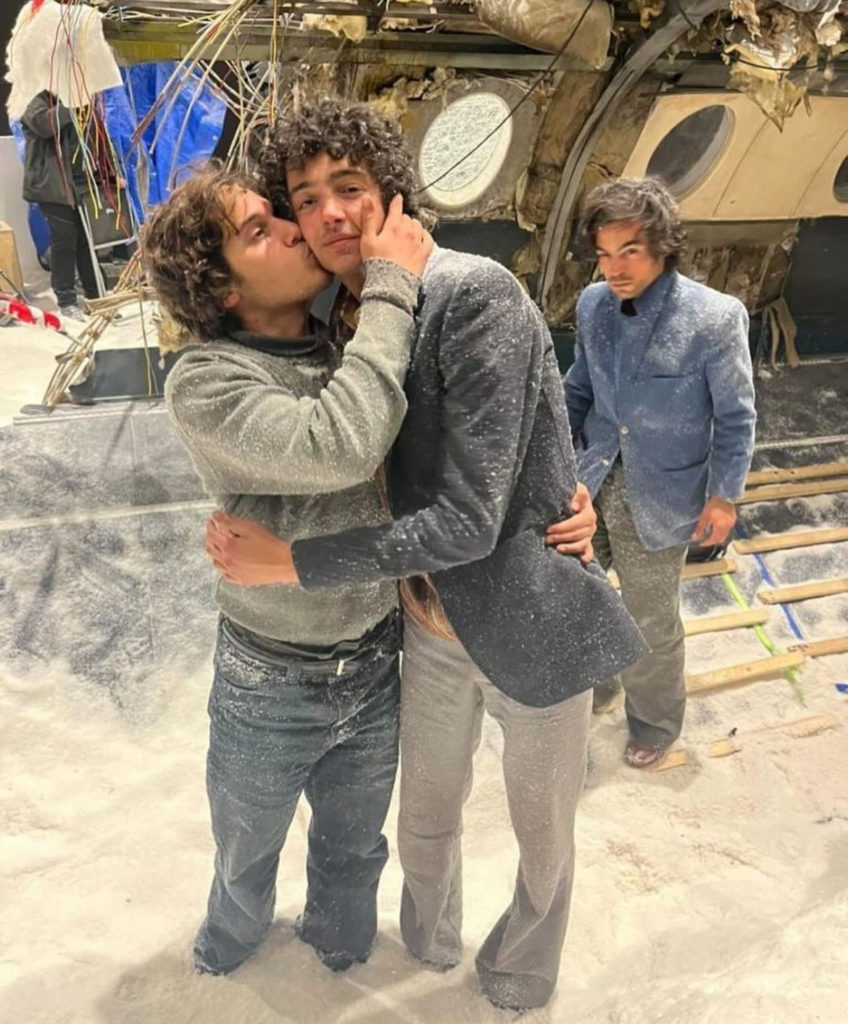After the great success and nominations for the Oscars and Goya awards of the film Society of the snow, Julio Suárez, the production’s costume designer, tells us about the behind-the-scenes process of his film costume work. The designer has answered the following questions:
1- How did the creative process of the costumes for The Snow Society begin? What influence did the existing documentation on the accident, its stories and the survivors have on the work of the costume department?
“The miracle of the Andes was a news story transmitted by word of mouth, those stories that seemed unreal and that the newspapers and magazines showed the reality of what happened. I looked at those photos for a long time in my adolescence, they came to my memory while I was talking to the director for the first time. I always kept those magazines, one remained with me and was the first one I saw again when I started this project. The first thing that came to my mind was the environment of the university and the rugby club where these young people frequented and to look for the clothes of a certain equality that they wore. In order for the group to be homogeneous I needed clothes that were repeated, the blazer, which without being a uniform of the faculty, looked like it could also be from the rugby club and I adopted it as a garment that everyone had, I worked with different cloths and shades of blue. You could see in the photos that many of them wore a tie, which showed the need for a jacket for them. At the beginning I didn’t take into account the accident, I was worried about finding the personality of each one. I made a careful study of the images with different choices that seemed to me to enrich the whole. I paid special attention to Numa, who was a young man who didn’t play rugby, but played in a football club, and I decided to use as the main garment his lamb jacket, which was very popular at the time and allowed me to have lapels of different colours and textures to enrich the shots; sport trousers with trainers to show the footballer he dreamed of being or really was, and to achieve a slight shift from the clothing of the others. I visited the Andes museum in Montevideo where some clothes and more photographs and stories are treasured. In the meantime something new was always appearing, some survivors showed me items of clothing that they keep as trophies.”



2- Regarding the film’s unique setting in a snowy environment, how did you approach the specific challenges of designing costumes for extreme weather conditions while maintaining the authenticity of the story?
“Knowing at the outset that everything was going to be on a white background, I paid attention to the colour palette so that no one would stand out by using noble, nature-friendly materials. Wool, cotton, jeans, shirts with prints of the time, hand-knitted sweaters, copying the stitches I saw in the photos, paying attention to the cuts, putting together their suitcases for four days in Chile, forgetting about the cold, as well as the accident.
I knew that I would be layering clothes and that the garments would undergo a big change, rips, ties, scraps of other people’s clothes to make bandages. I looked for new ways of putting the bodies together to protect them from the cold with what they had, leaving the era behind and making them more primitive. I always thought that underneath they were wearing what they had never taken off their clothes but added on top, I paid attention to how the first layer was also transforming, while we were adding colour I also thought about the smell they gave off, in order to achieve reality.”




3- Do you have any interesting anecdotes or unexpected challenges you faced during the costume design process and how did you solve them?
“The most complicated thing I remember was that the actors walking in the snow with moccasins on their soles made it difficult for them to stand up, they slipped, they fell down. Until we were on set we didn’t really foresee that. We periodically had to fix shoes, because they came back from the set soaked in the snow, they would come off, they would harden, we set up a drying room to get the clothes ready for the next day. And yes, there were always challenges, mostly logistical, changes of units, stuntmen who changed, dressing different bodies, stuntmen, mountain specialists who were not always the same”.
The film deals with very intense and emotional themes, how did you incorporate elements of costume design to emphasise or complement the narrative and the characters?
“Before going up the mountain the actors would go through the wardrobe base where we would prepare them for the shoot. I checked each one daily, I looked very closely at every part that was uncovered, the hands, for example, I was transforming the cuffs, stretching them, where the bottom garment always shows and the other one below and how they were breaking, I imagined them eating or chewing the sleeves, the raised collars of the shirts as they covered them, tied them, knotted them to keep warm. The sweaters hand-knitted by their own mothers. Trying to show how the original clothes were being transformed, the ones that came out of their wardrobes, the ones that their mothers ironed before, with a loving attitude. Their own clothes, or what was left of them, protected them more and more like armour”.
Are there any historical, fashion or cultural elements of the period that you took into account when designing the costumes for the film? How did you manage to balance historical authenticity with creativity and cinematic aesthetics?
“Yes, of course I took into account the austere models of the time, more than anything else in finding the fabrics, because the models required by the story were rather classical, clothes for young Catholics, well-cared-for children still living with their parents, their first loves, their first outings, that time of life when almost everything is done for the first time.




4- Collaboration is fundamental in the world of film. How did you work together with director JA Bayona, the production team and other departments to ensure a joint vision in terms of costume design?
“Yes, especially with the director, the work was at a distance, but very much in contact. I started by drawing the costumes in their different stages and his feedback always helped me to continue building each one of them. Bayona knew the characters very well, he had a meticulous study of their tastes, their habits and their families. Throughout pre-production, we completed each and every one of them. Then I set up a workshop in Buenos Aires and began the construction of the costumes of the survivors in their different changes. With the production team, the issue was more organisational in terms of dates and logistics, as I started to set up a team in parallel in Barcelona, where the rest of the passengers who died were made. Of course the issue of cost and the necessary quantities of equipment and logistics of transporting the materials to Spain. Another department that we worked very closely with was art, as we made coats and new garments from the upholstery of the plane seats, the curtains and some other things that were transformed into clothing”.



5- For other film costume designers who are interested in the creative process, are there any tips or lessons you have learned on this project that you can share?
“Well, I don’t know if I’ve learnt it on this film or if it’s already my way of working. The film belongs to the director and you have to be open to contribute what he needs and work for the project and that our creativity comes out of the material he proposes and not in some easy way that we have acquired and it becomes a personal stamp or some fantastic occurrence of our metié. Just as the actor goes through a material for the first time and embodies it and gives it the body and the voice, we must think like them and that each garment they wear is from the world we are telling, that it has been found in the middle of the work and not that it comes from another place, from another universe, to create textures and materials thinking about the needs of each character. The costumes must be credible and not attract attention and take you to another world.
Thanks to the production, I was lucky enough to work with Peris, where I put together the whole beginning of the film, the world of the university, the church, the airport, a good stock of clothes from the period with incredible pieces. As well as the production of Chilean military uniforms, carabineros and all the rescue of the survivors. More than 4000 garments that contributed to tell the story of the time”.
Julio Suárez.


